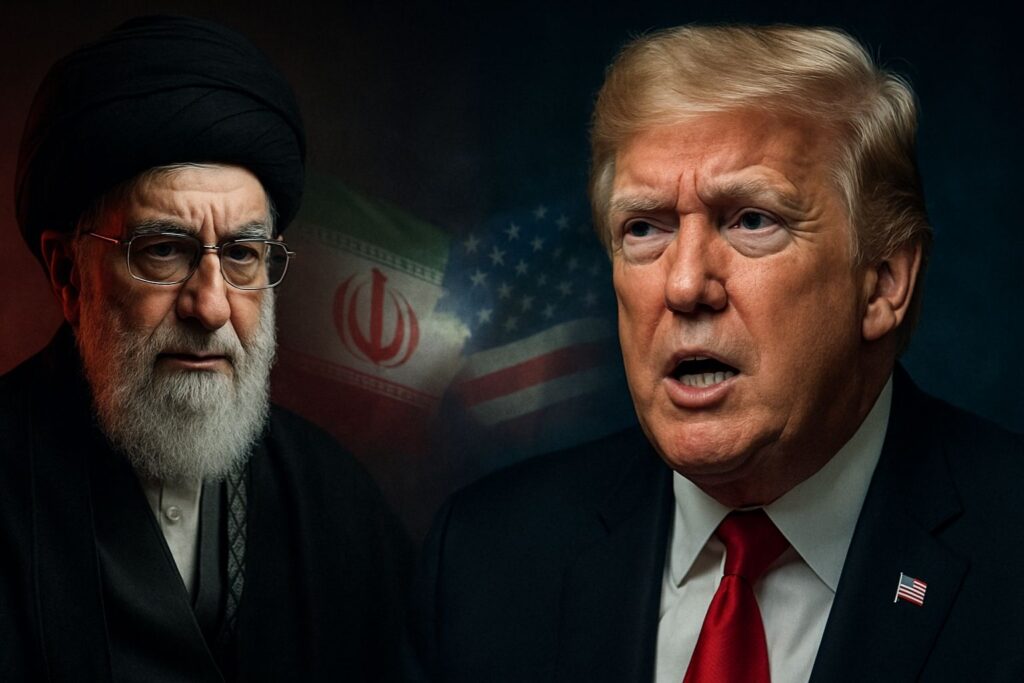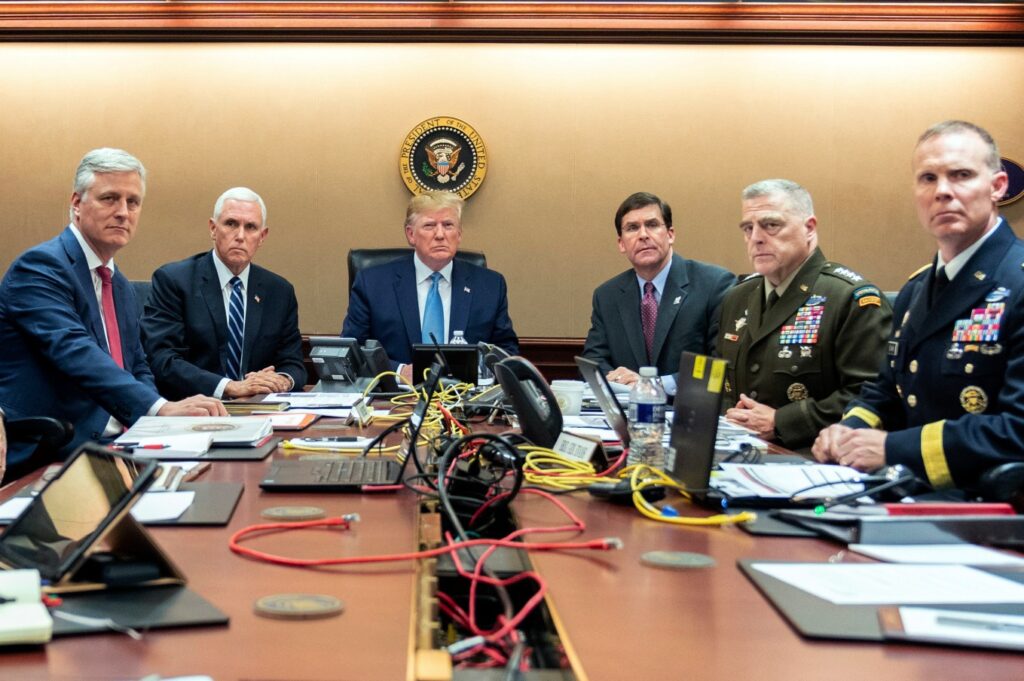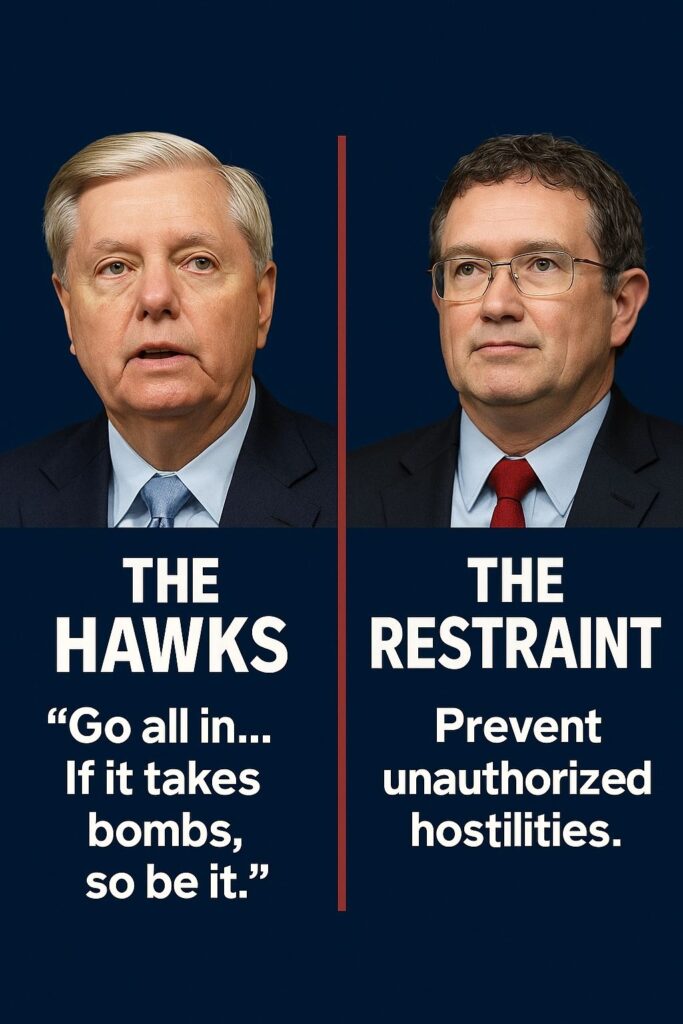“Patience Is Wearing Thin”: Trump Issues Direct Threat to Iran’s Khamenei Amid Escalating Mideast Crisis

WASHINGTON – President Donald Trump has issued a series of direct and escalating threats against Iran and its Supreme Leader, Ayatollah Ali Khamenei, warning on June 17 that U.S. patience is “wearing thin” amid a widening conflict between Israel and Iran. After abruptly departing the G7 summit in Canada a day early to manage the crisis, the President convened a White House Situation Room meeting where military options were reportedly discussed, signaling a significant escalation in the standoff.
The sharpening rhetoric comes as the White House weighs its response to the escalating hostilities between its key ally, Israel, and Tehran. According to the briefing, the administration is considering a range of military actions, including potential U.S.-led strikes on Iranian nuclear facilities and providing refueling support for Israeli fighter jets. The direct nature of President Trump’s threats marks a new, more dangerous phase in the conflict, raising concerns about a potential direct military confrontation.
Following the national security meeting, President Trump made his threats public, stating the U.S. possesses “complete and total control of the skies over Iran”. In a message clearly directed at the Iranian leadership, he noted that while the U.S. knows the whereabouts of Ayatollah Khamenei, he would not be targeted, adding the ominous qualifier, “at least not for now”.
This was later followed by a post on social media in which the President demanded “UNCONDITIONAL SURRENDER!” from Iran, a declaration that leaves little room for diplomatic de-escalation. The administration’s hawkish stance, publicly defended by Vice President JD Vance as a blend of “restraint” and resolve, aims to project strength and deter Iran from what it calls further aggression.

The President’s aggressive posture has drawn a deeply divided reaction from Capitol Hill, reflecting a broader national debate on foreign policy and presidential war powers. Senator Lindsey Graham, a prominent Republican hawk, publicly endorsed a hardline approach, urging President Trump to go “all in” and stating, “If it takes bombs on their nuclear sites, so be it”. This sentiment highlights a faction pushing for decisive military action to dismantle Iran’s nuclear capabilities permanently.
Conversely, a coalition of non-interventionist lawmakers is pushing back. Representative Thomas Massie has formally introduced a resolution aimed at preventing any “unauthorized hostilities” against Iran, emphasizing the constitutional requirement for any military action to be approved by Congress. This sets the stage for a potential clash between the White House and Capitol Hill over war powers.

The crisis is also being closely watched by international allies. At the G7 summit, German Chancellor Friedrich Merz offered a notable perspective, expressing support for Israel’s actions and stating they are doing “the dirty work… for all of us”. This comment underscores the complex web of international alliances and interests at play.
The direct threats from a U.S. President, combined with ongoing military preparations, have placed the Middle East on high alert. The situation remains volatile, with the potential for miscalculation to trigger a wider war that could have devastating consequences for regional stability and the global economy.





